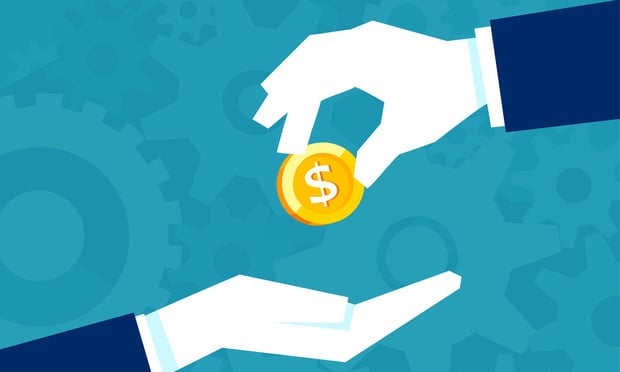 Credit: Feodora/Adobe Stock
Credit: Feodora/Adobe Stock
Employees often think of their pay as the money they take home after taxes come out of their paycheck. When a competitor offers more money, they often pay attention. Do your employees know how much more money you hand over to them? We are not talking about the cost of benefits – we are talking about payments in cash they can actually see.
|- 401(k) matching contributions. This is the most obvious benefit. The employee contributes pre-tax dollars to their workplace based retirement plan. According to Fidelity, a common match is dollar to dollar up to 3% of the employee's salary, then 50 cents per dollar for the next 2%. This means the match is capped, but is a substantial dollar amount. If the employee earns $100,000, a 3% match is $3,000. It often has a vesting schedule.
- Tuition reimbursement. Many companies offer to pay for college courses you take in your spare time. The maximum the IRS allows companies to cover is $5,250.
- Student loan repayment. Nor every employee wants to study towards a college degree. Many have already earned one. The downside to this achievement is carrying student loan debt. The government allows companies to provide up to $5,250 in relief for paying down student loans. Notice the amount is the same as the tuition reimbursement number. This is an either/or benefit. Employees cannot collect it twice.
- Employee stock purchase plan. Many companies allow employees to purchase stock in their employer's company at a discount to market value. The discount might be as high as 10% to 15%. The IRS has set an annual limit of $25,000 in pre-discounted stock. Depending on the plan, you might be able to invest 1% to 15% of your paycheck. In most cases you can sell anytime. An employee earning $100,000 and allowed to invest up to 10% of their paycheck and getting a 10% discount might be investing $10,000 annually, buying $11,111 in stock and getting a $1,111 profit, assuming they sold immediately.
- Taxi home when working late. Employees often work longer hours. They might (or might not) be paid overtime. Some companies provide a ride home as a benefit, keeping employees off public transportation late at night.
- Employee discounts. Does your company manufacture a product used by the general public? Do you own a chain of retail stores? Many companies offer employee discounts.
- Charitable contribution match. Many Americans donate to charity: 65% of Fortune 500 companies have matching gift programs. Some firms offer a program that will match an employee's gift to a nonprofit. Most matches are dollar for dollar up to a threshold. Some companies match at a greater ratio. Let us assume an employee contributes $1,000 to a charity and gets a $1,000 match.
How much might an employee earning $100,000 in salary benefit from these additional programs? Perhaps $10,250:
Complete your profile to continue reading and get FREE access to BenefitsPRO, part of your ALM digital membership.
Your access to unlimited BenefitsPRO content isn’t changing.
Once you are an ALM digital member, you’ll receive:
- Breaking benefits news and analysis, on-site and via our newsletters and custom alerts
- Educational webcasts, white papers, and ebooks from industry thought leaders
- Critical converage of the property casualty insurance and financial advisory markets on our other ALM sites, PropertyCasualty360 and ThinkAdvisor
Already have an account? Sign In Now
© 2024 ALM Global, LLC, All Rights Reserved. Request academic re-use from www.copyright.com. All other uses, submit a request to [email protected]. For more information visit Asset & Logo Licensing.








